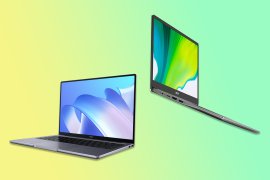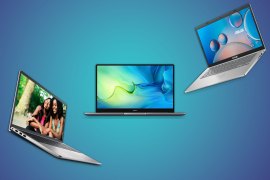Samsung Galaxy Chromebook Plus review: sets a new standard
Is this what ChromeOS perfection looks like?

Stuff Verdict
One of the most impressive ChromeOS laptops on sale today. The Galaxy Chromebook Plus might be expensive, but it’s slim, speedy, and has a simply outstanding screen.
Pros
- Ample performance and great battery life
- Gorgeous OLED display
- Slim and light dimensions, high-end materials
Cons
- Pricier than almost every other Chromebook Plus
- No 120Hz or touchscreen
Introduction
It’s been a long time since we got a truly premium Chromebook. By my count you’d have to turn the clock back to 2017, to when Google did its own thing with the stellar – and scarily expensive – Pixelbook. The firm has finally persuaded others to get in on the act with its new Chromebook Plus initiative, and Samsung’s first effort might’ve just blown everyone else out of the water.
The Galaxy Chromebook Plus has the hardware you’d expect from a high-end Windows laptop, including impressively svelte dimensions, Intel Core power, and a stunning AMOLED display. Factor in the long battery life Chromebooks are known for and a smattering of Gemini AI software smarts, and there shouldn’t be anything here that’s not to like.
Except, perhaps, the price. At $699/£649 for the entry-grade model, it eclipses pretty much every other Chromebook out there. Have things come along enough on the software side that this is a viable alternative to ultraportables that run Windows or MacOS?
How we test laptops
Every laptop reviewed on Stuff is tested using industry standard benchmarks and apps to assess performance and battery life. We use our years of experience to judge display, sound and general usability. Manufacturers have no visibility on reviews before they appear online, and we never accept payment to feature products.
Find out more about how we test and rate products.
Design & build: blue me away
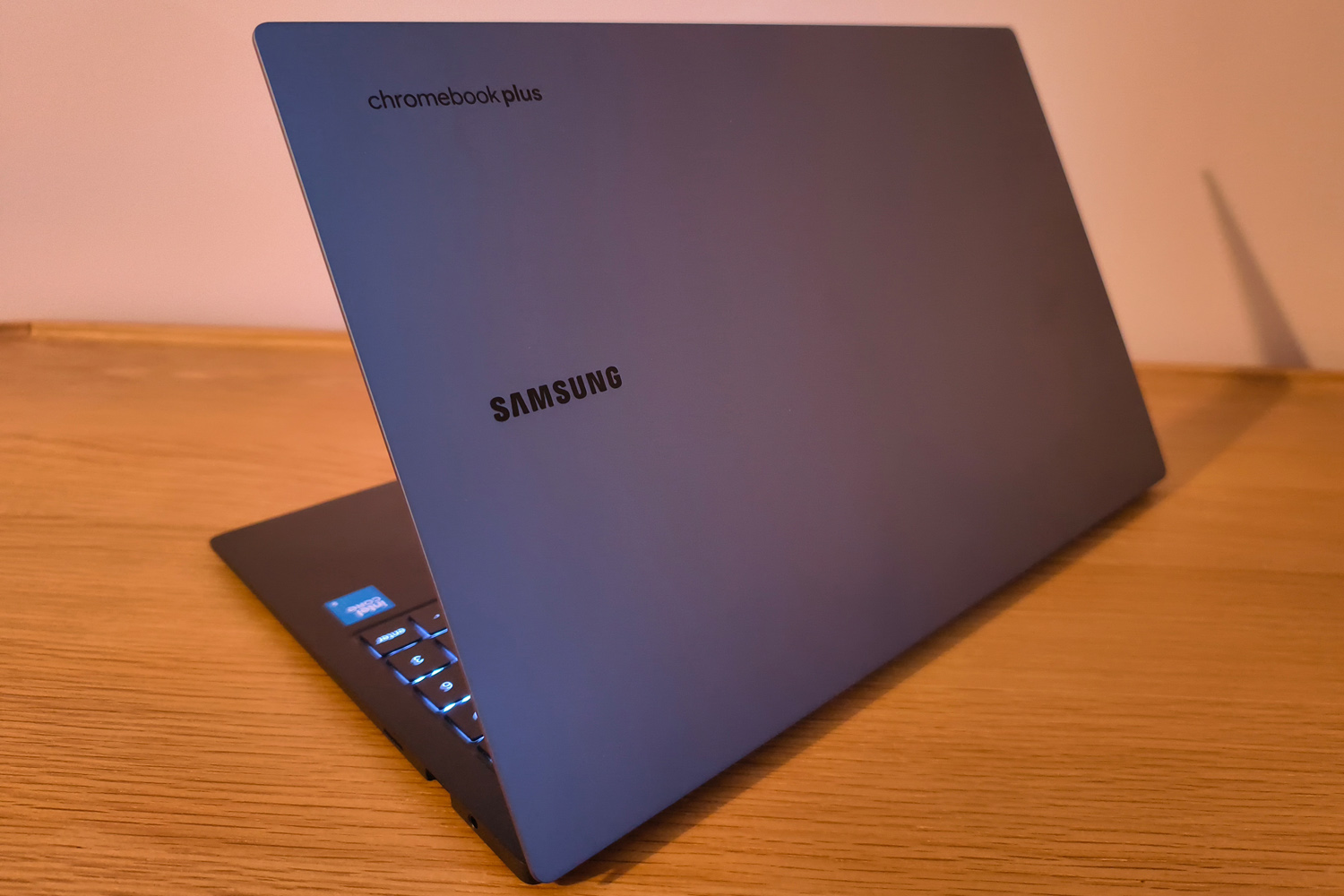
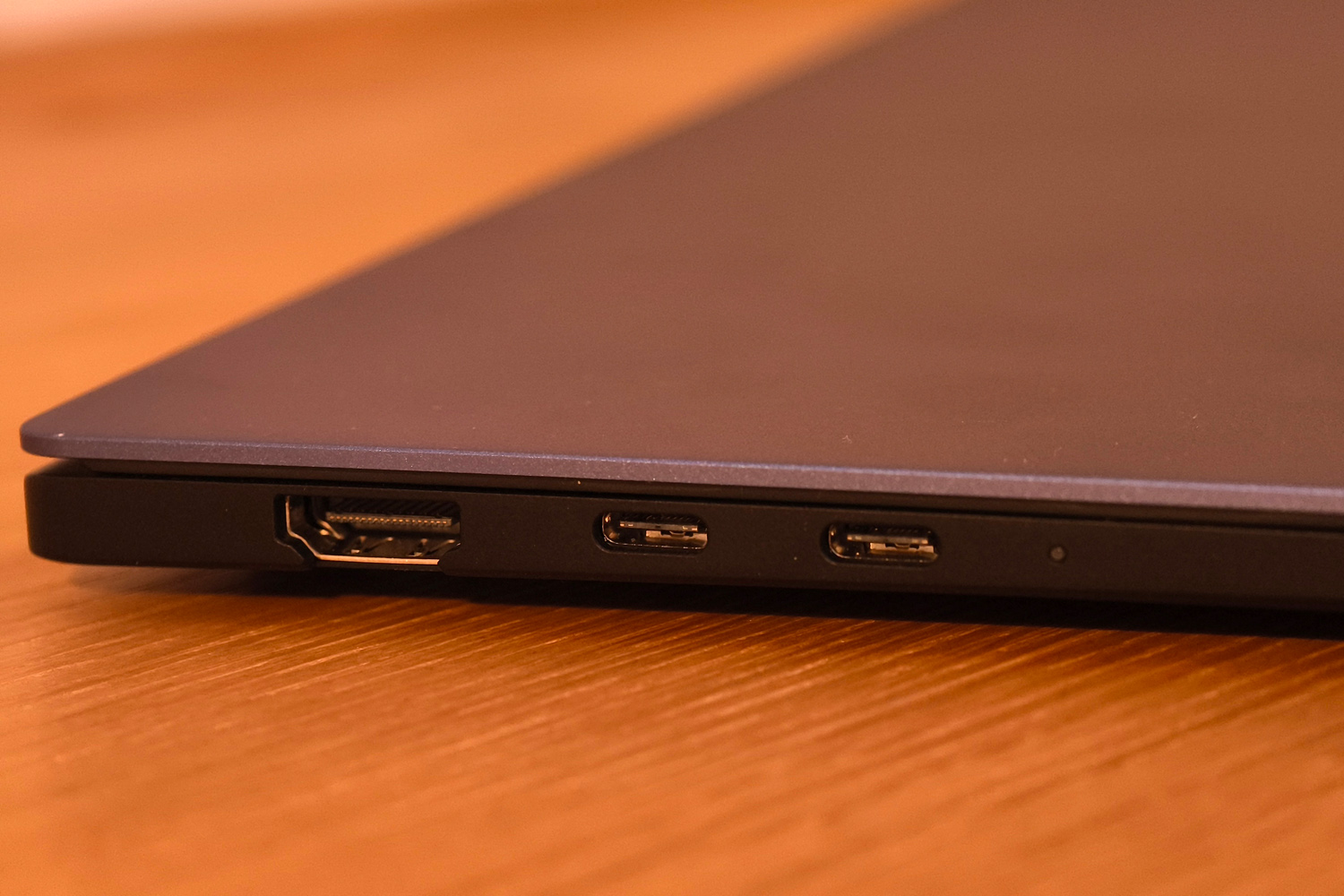
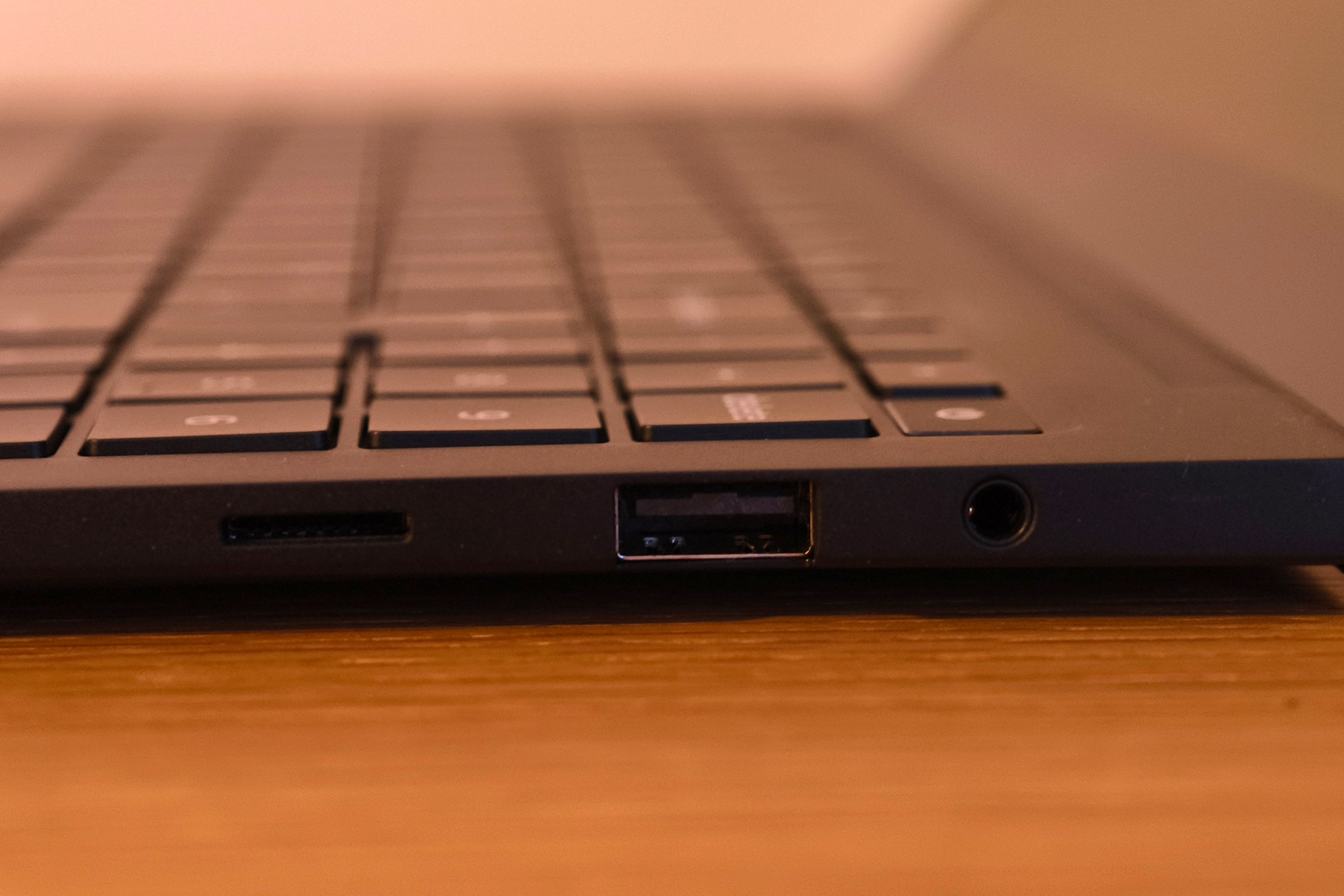
Ignore the Chromebook Plus logo on the lid and you’d be hard-pressed to pick the Samsung out from a bunch of Windows-powered ultraportables costing twice the price. The metal outer shell makes it look a lot like one of the firm’s Galaxy Book laptops, which pretty much all start at four figures, while the Neptune Blue colour scheme gives a welcome dab of personality. It really stands out from the overwhelmingly black and gunmetal grey competition.
Open the lid and you’ll find a mix of matte and glossy black plastics, but the kinds that don’t feel at all cheap and show no signs of flex. I’ve seen thinner display bezels on high-end Windows laptops, but not on ones costing $700. I can’t remember another Chromebook that was this thin or light, either. The Galaxy Chromebook Plus weighs a featherlike 1.17kg and is just 12mm at its thickest point, making it a fantastic choice for on-the-go working.
It’s so thin, in fact, Samsung couldn’t fully surround the full-size HDMI port at the side – the chassis has a tiny cutout to make space. There’s a decent selection of connectivity elsewhere, with two USB-C ports (one of which is used for charging) on the left, and a single USB-A, 3.5mm headphone port and microSD card slot on the right. My digital camera uses full size SD cards, so the card reader didn’t see much use during my testing, but creatives with GoPros or drones will appreciate its inclusion.
Screen & sound: quite the contrast
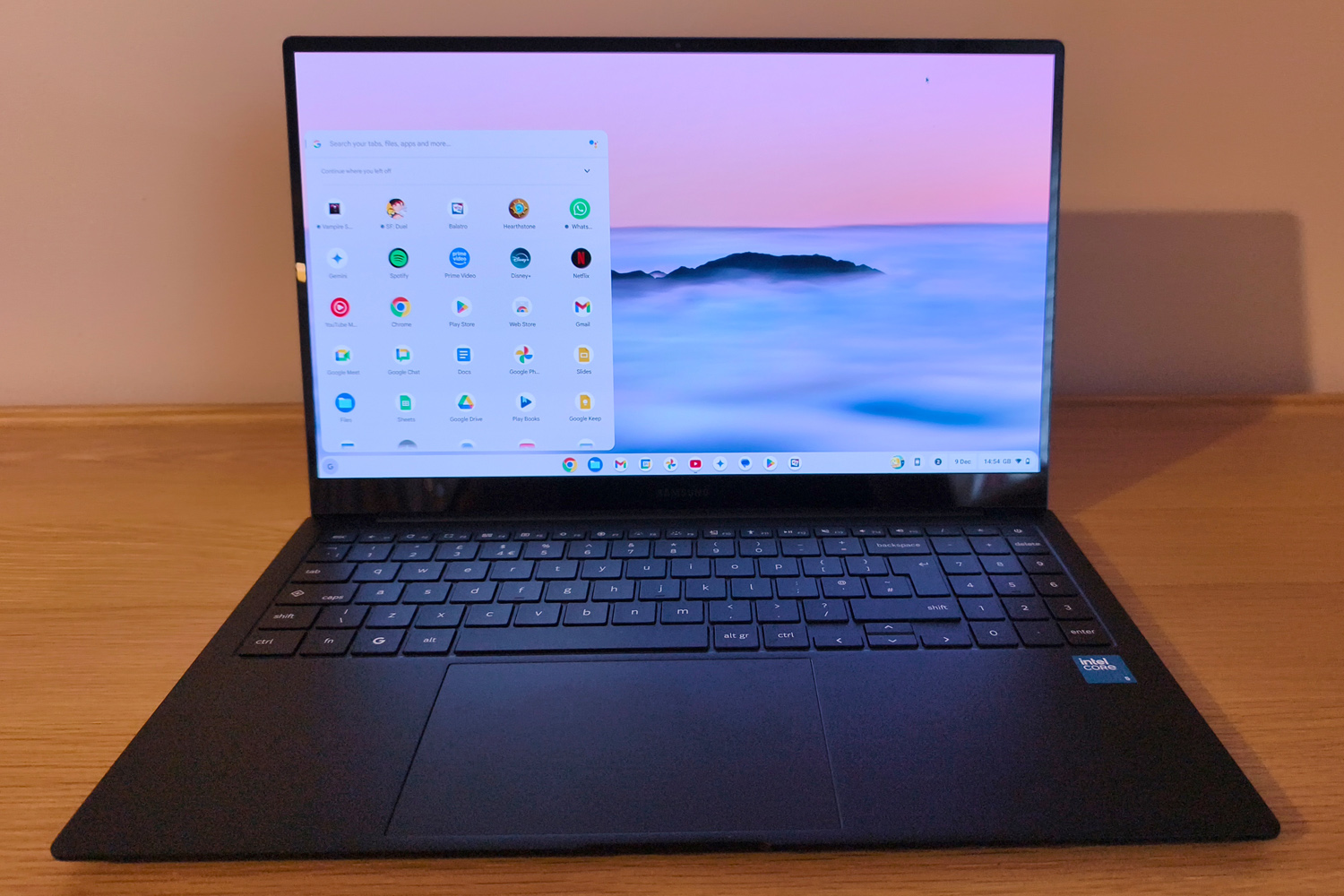
It’s not the first Chromebook to come with an OLED display, but Samsung made sure the Galaxy Chromebook Plus got a panel worthy of its premium positioning. The 15.6in screen is a stunner, with absolutely outstanding contrast and wonderfully dynamic colours. Movies in particular absolutely pop, thanks to some of the deepest, inkiest black levels you’ll find on anything running ChromeOS right now.
OK, so it’s a 60Hz panel and so can’t deliver the silky smooth motion of some Chromebook Plus rivals, which is frustrating given they’re all a lot more affordable. But the 16:9 aspect ratio is ideal for watching videos or playing games, and the Full HD resolution is detailed enough without demanding too much from the graphics core.
Colour coverage and accuracy are a real strong point, being on par with pricier Windows machines and miles better than the most recent Chromebook I tested, the Acer Chromebook Plus 515. It’s practically as bright as the LCD alternatives, too, so I had no trouble working when in direct sunlight. The glossy panel does catch reflections a bit too easily, but there’s a decent amount of screen tilt and viewing angles are top notch.
The audio experience isn’t a match, but that’s not a shocker seeing how slim the dimensions are. The built-in speakers get reasonably loud, but are pretty tinny and sound rather harsh if you properly crank the volume. Headphones are a must for music and movies.
Keyboard & touchpad: just my type
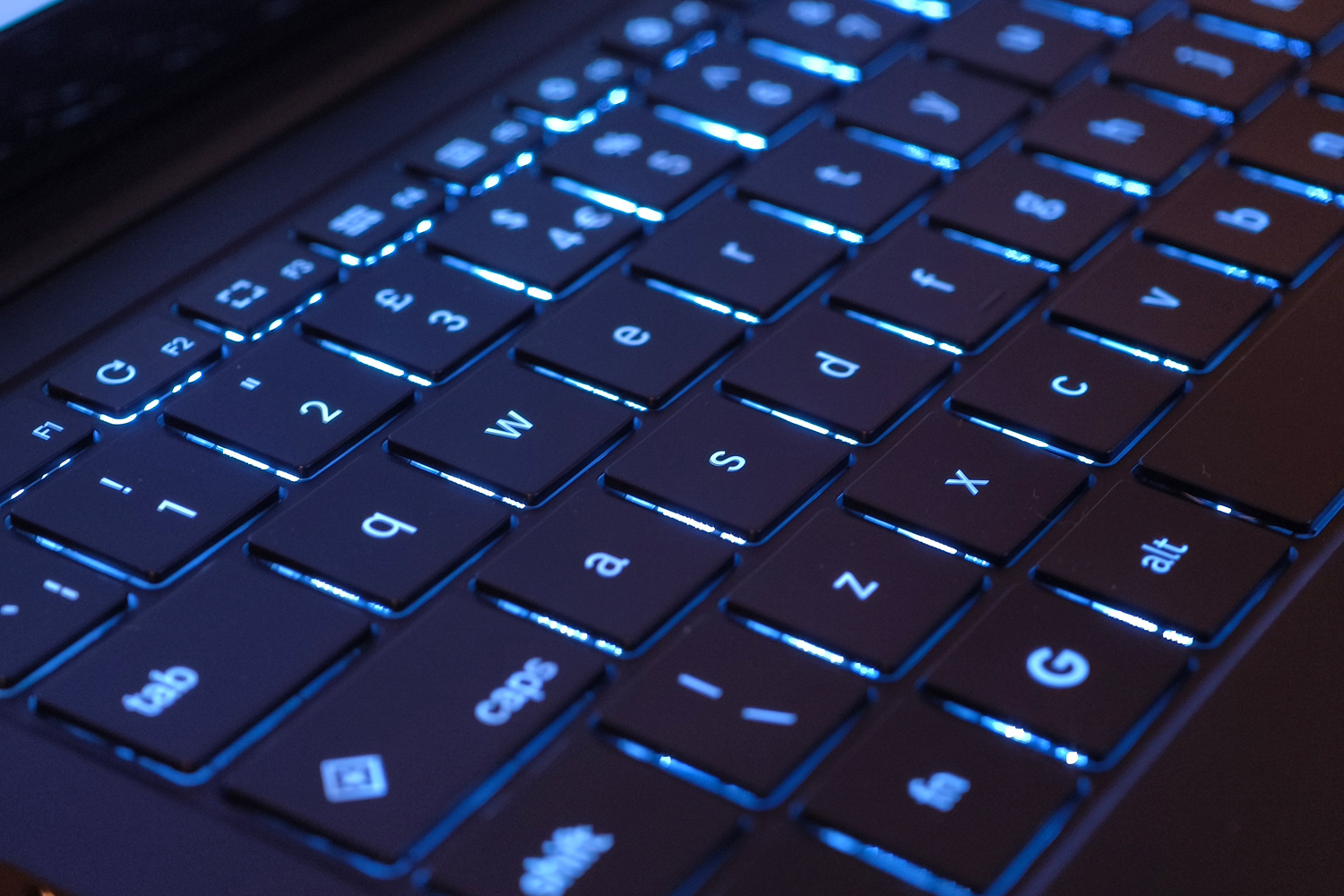
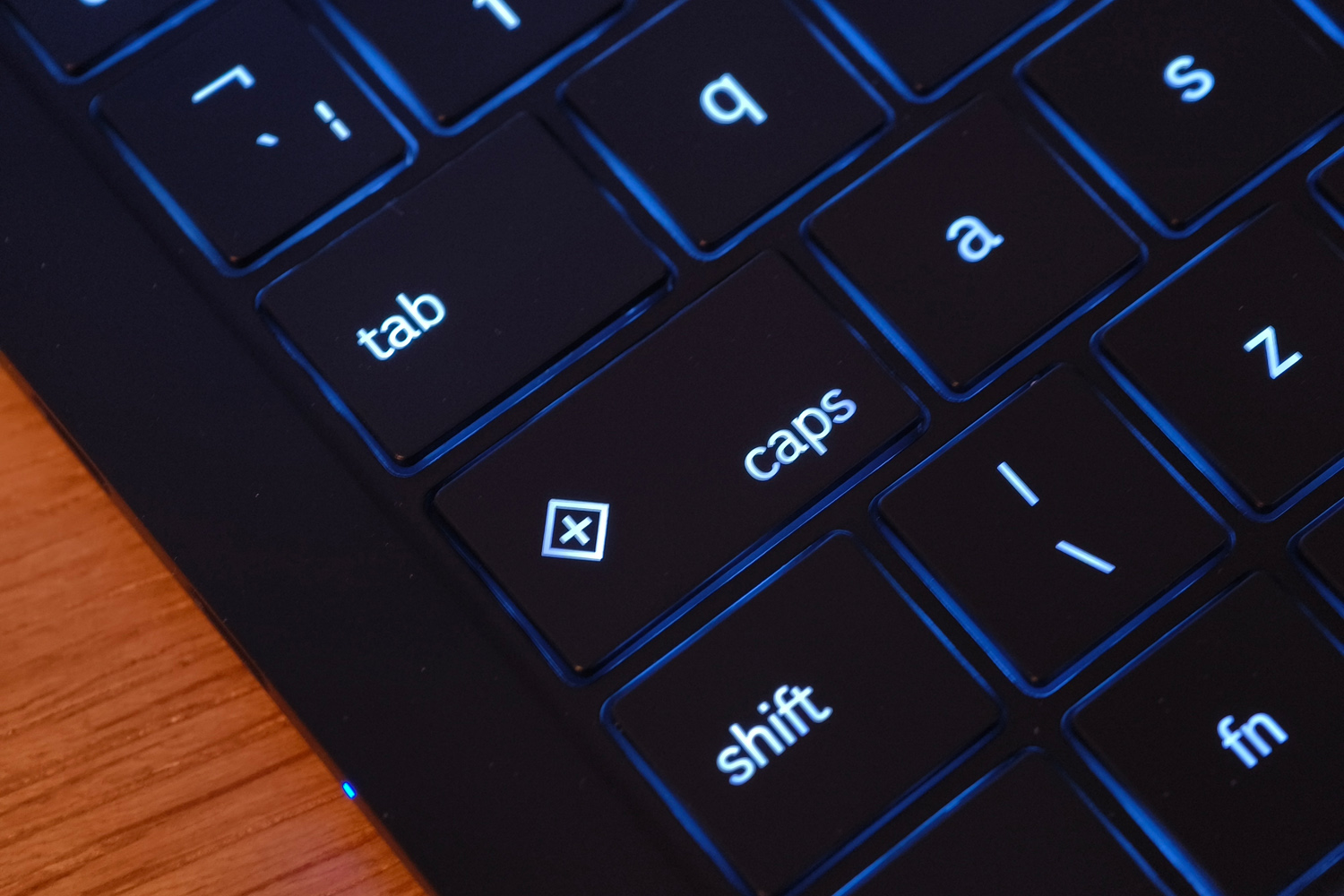
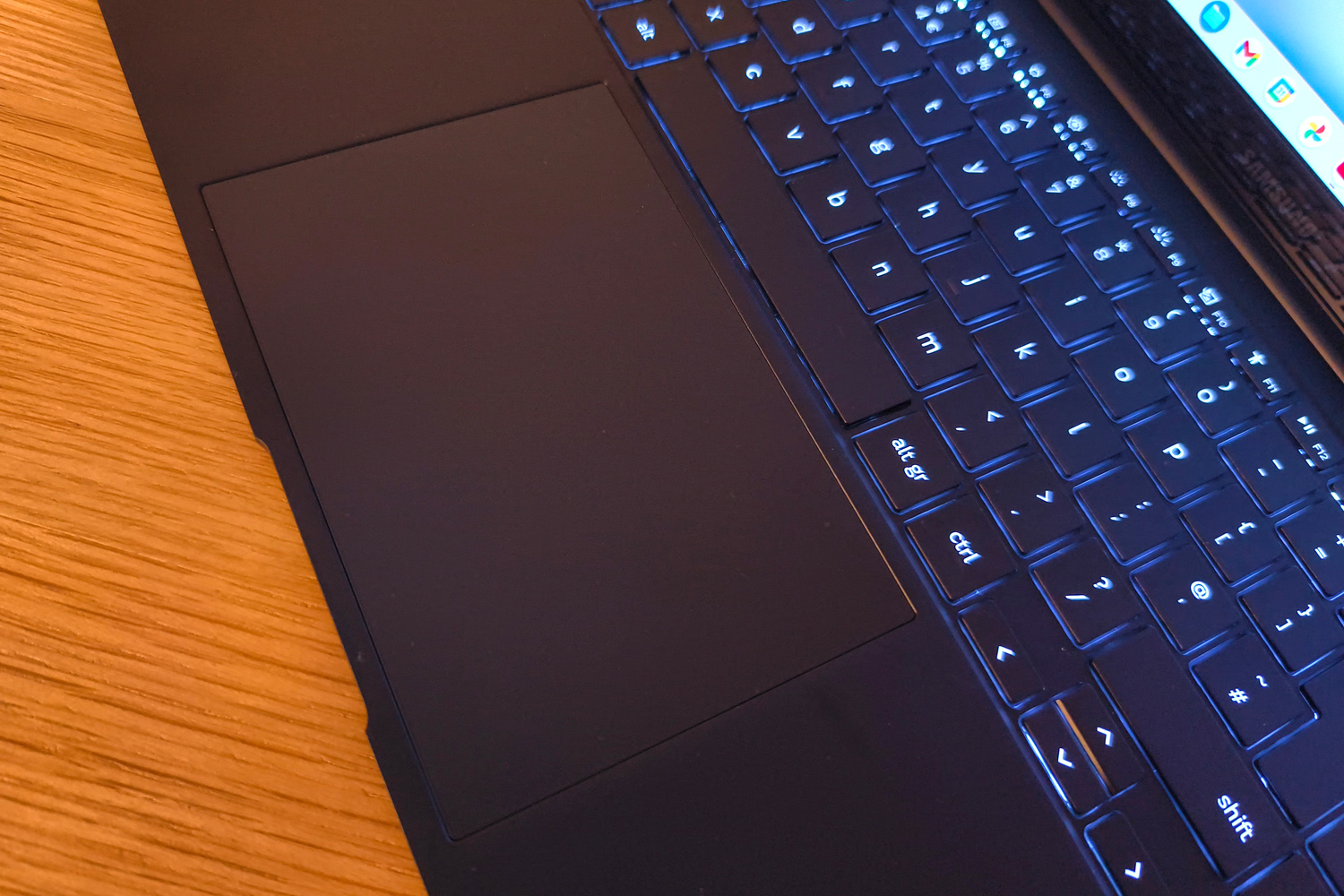
Seeing how slim this laptop is I wasn’t expecting the keyboard to be a highlight, but Samsung has done well to give each key a springy action and decent amount of travel. You can’t bash away at them like you’re hammering nails without the keys bottoming out, but with a softer touch I was quickly close to my usual typing speed. They make a rather satisfying sound, too.
Having the QWERTY keys offset to make room for a numerical keypad does take some getting used to, though. Personally I don’t need number keys, and would’ve preferred the rest of the ‘board sat more centrally, but at least there’s a generous amount of space to rest your wrists either side of the touchpad.
The power button might feel different to the rest of the keyboard but it’s not hiding any special abilities, like a fingerprint sensor. Your best bet for skipping the ChromeOS lockscreen is Smart Unlock on your Android phone; as long as the two devices are close enough, it’ll let you in with one click.
I appreciate Samsung including a sizeable touchpad, and the physical, audible click that accompanies each press is satisfying enough. It’s not the smoothest surface I’ve used, and interaction isn’t quite as slick as, say, a MacBook trackpad (still the gold standard as far as I’m concerned) but I didn’t feel the need to reach for a mouse just for web browsing or navigating the ChromeOS desktop.
Software: get ready for Gemini
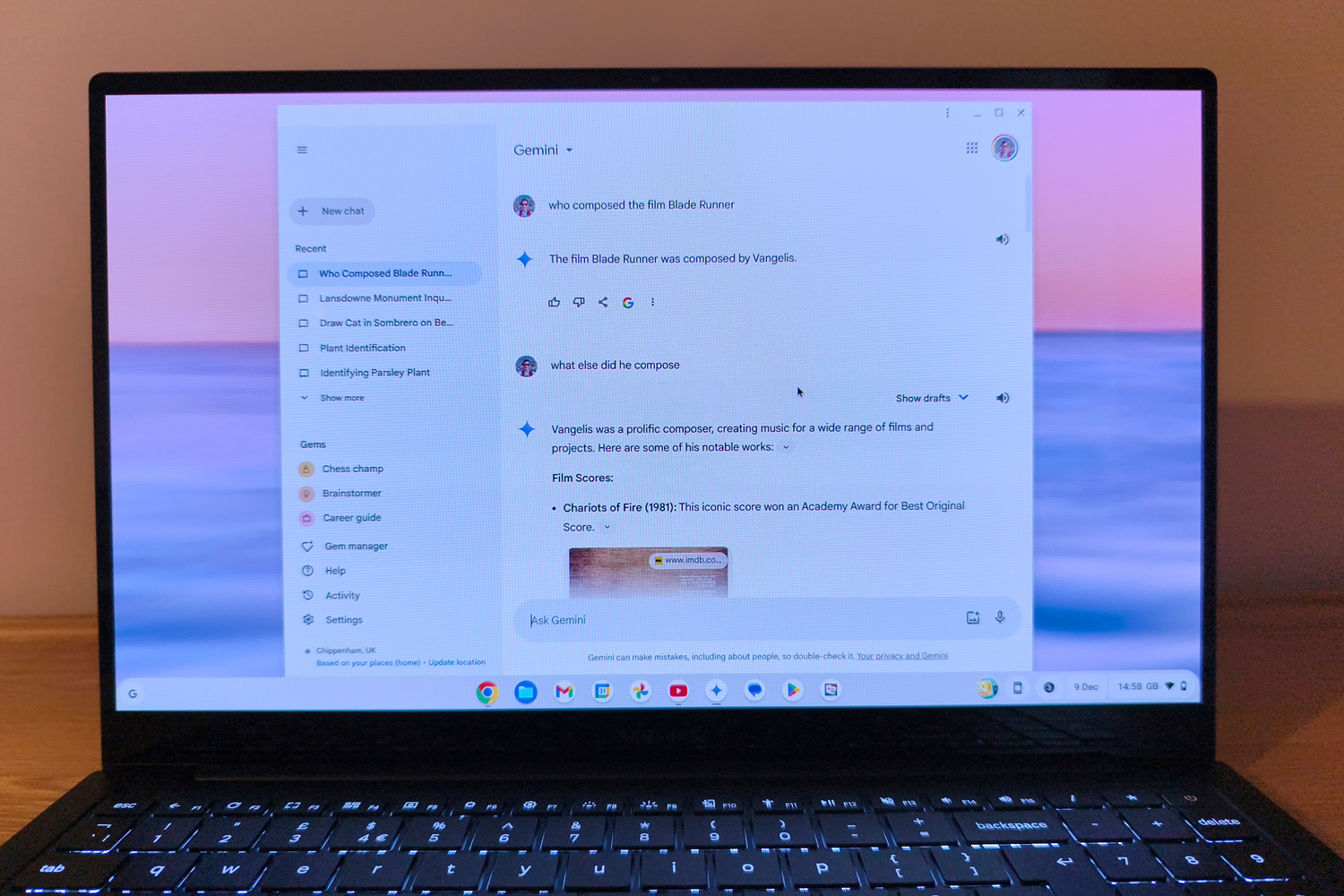
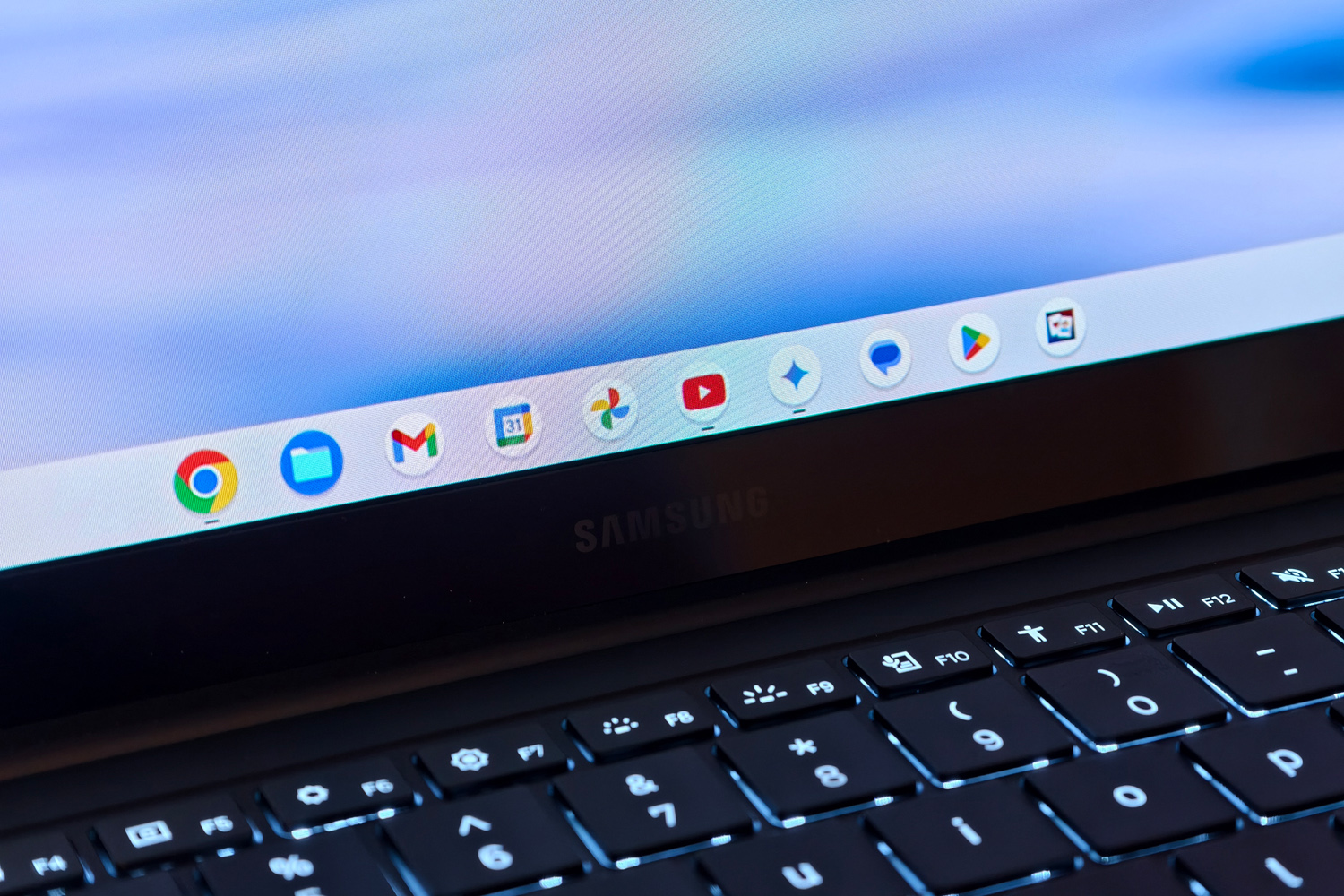
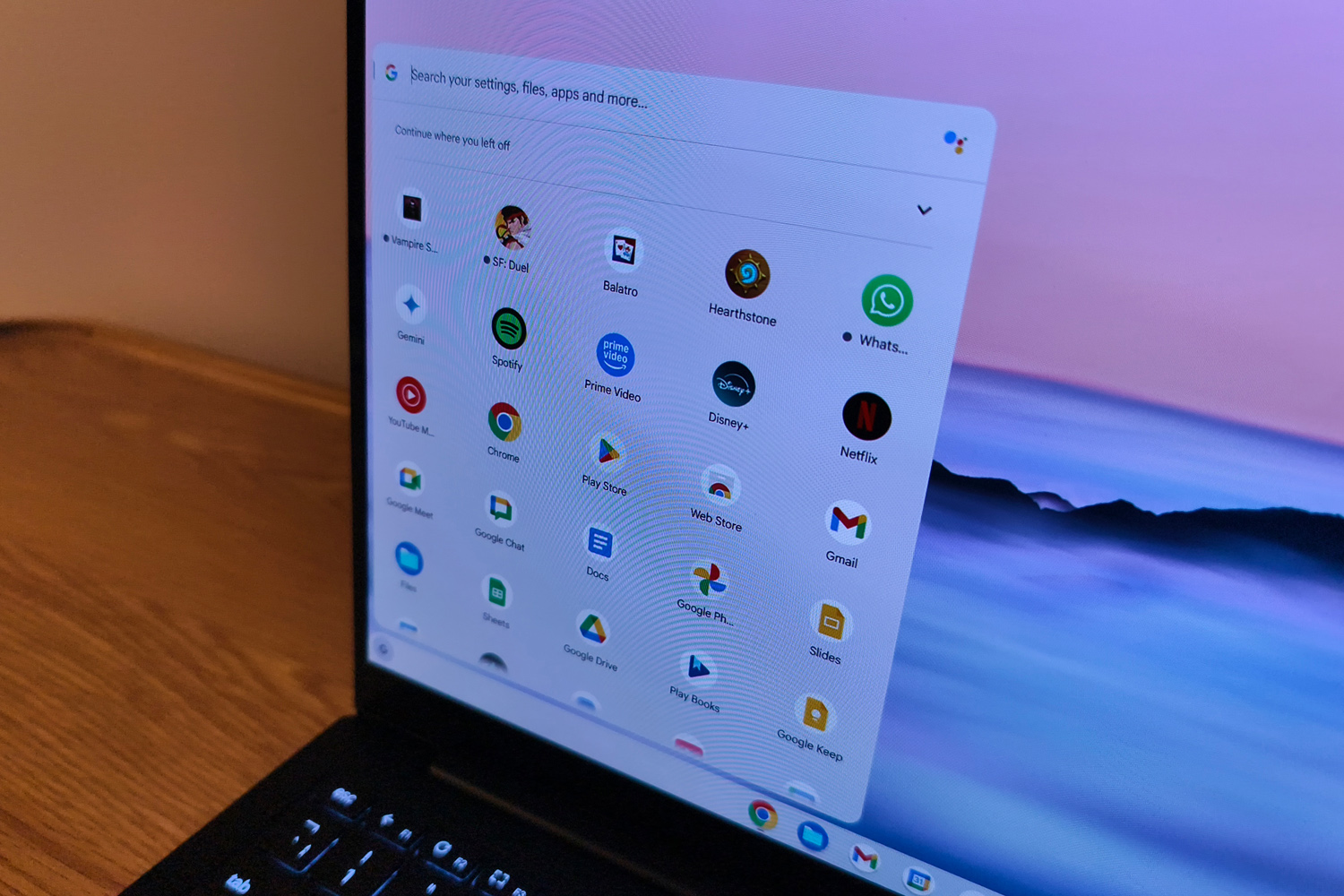
ChromeOS has come on leaps and bounds in recent years. The UI is way more streamlined, letting you quickly open browser tabs from your phone, sync Google Drive documents for offline working, and simply just managing your files isn’t the chore it used to be. Android apps run pretty much seamlessly, too, feeling like native ChromeOS software.
Unlike Samsung’s Windows-powered laptops, the firm hasn’t gone OTT with own-brand apps. All the pre-loaded software comes from Google, and those won’t overwhelm ChromeOS newcomers.
Google’s Gemini AI has crept into virtually every corner of the operating system now, from generative wallpapers to the (admittedly very helpful) Magic Editor in the photo gallery. There’s a shortcut to the Gemini assistant on the taskbar, too. Right click just about anywhere and it’ll offer to help you in some way, like summarising articles or rewording sentences in Google Docs.
This is also the first Chromebook with a Quick Insert key, which replaces the Search key on older models (which itself replaced Caps Lock, if you’re not a ChromeOS regular). It puts your copy/paste clipboard in easy reach, lets you quickly find emoji or animated gifs, and calls up Gemini’s AI writing assistance.
For the most part I’ve found it more helpful than intrusive, but you can go back to the old style of Search key and disable the Help Me Read/Help Me Write prompts if you like.
Performance & battery life: what more could you ask for
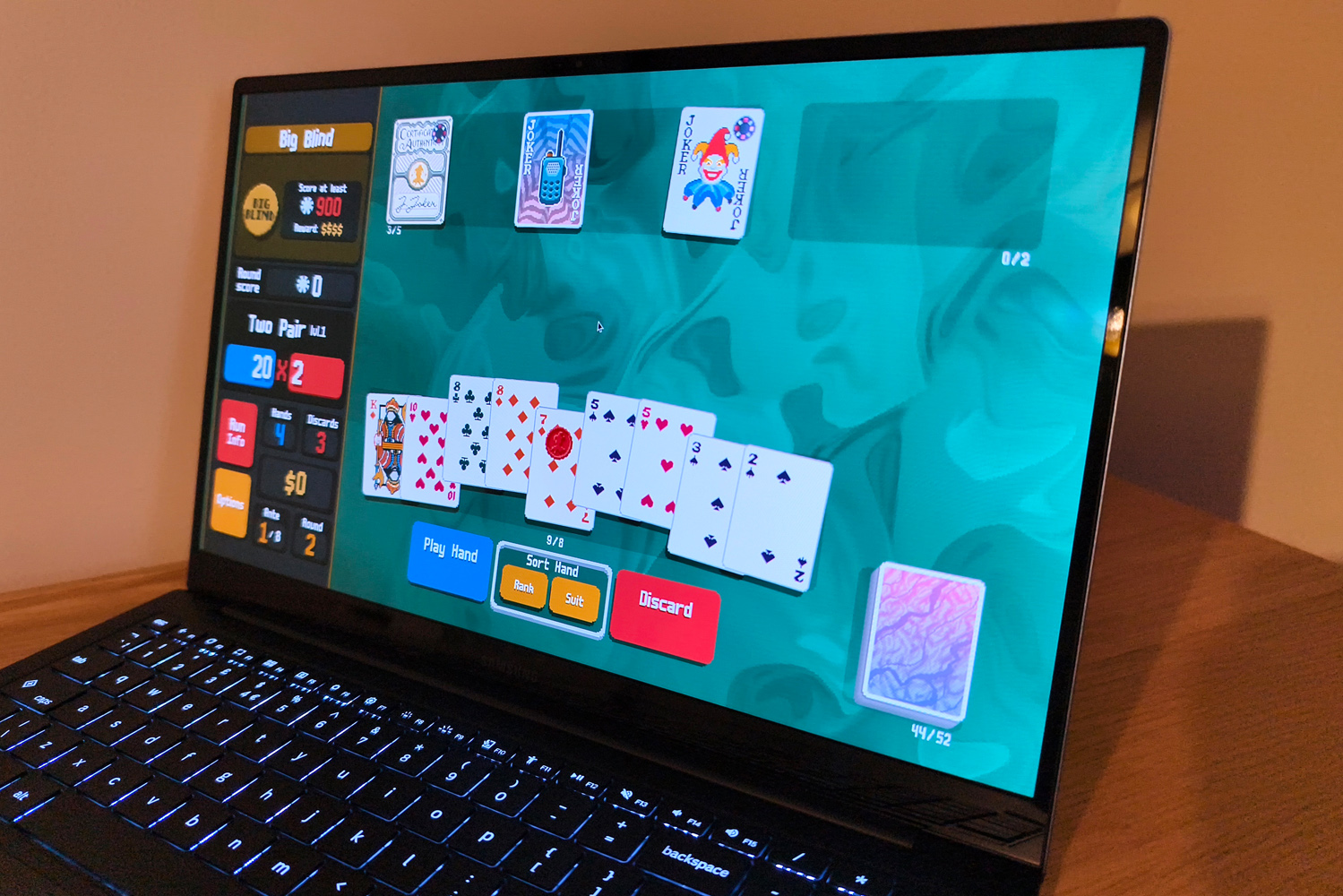
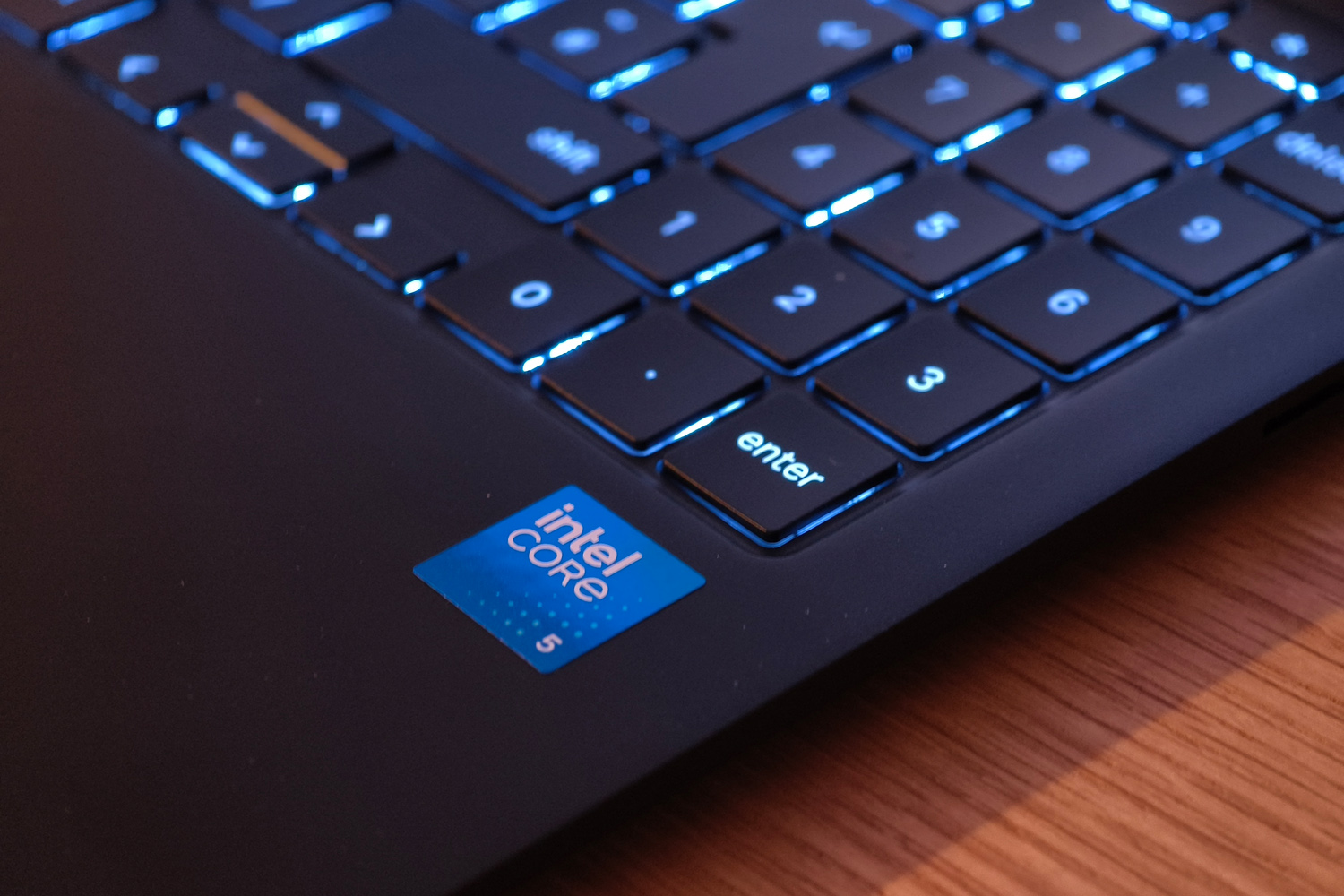
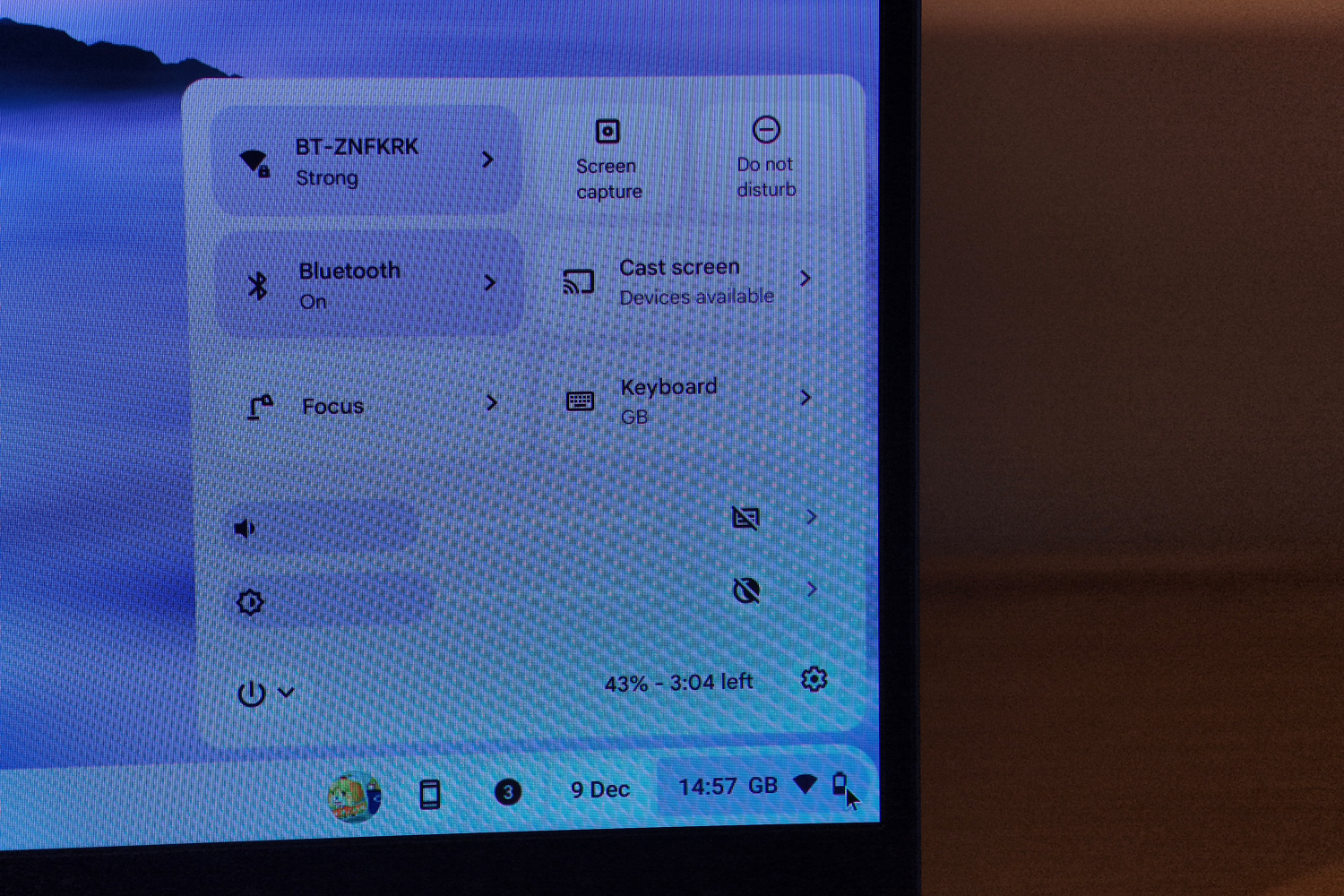
The Galaxy Chromebook Plus is available in two versions: one has an Intel Core 3 CPU, while the other gets a more potent Core 5. Both have 8GB of RAM and 256GB of storage. The Core 5 120U version costs around £100 more, and is the version I had for testing.
Twelve threads and a 4.2GHz clock speed is mighty high in ChromeOS land, so as you’d expect the Samsung didn’t disappoint when it came to daily duties. I could happily have double digit browser tabs running, along with a handful of other apps, and didn’t experience any sort of slowdown. That’s surprising given the relatively modest amount of memory; these days Windows machines typically demand 16GB for similarly smooth performance.
Synthetic benchmarks don’t show a massive gap between the Core 3 and Core 5 variants, although apps optimised for multiple cores gain the most. It’ll comfortably run anything in the Chrome Web Store, and could tackle everything Android I tried from the Google Play store as well. More in-depth image and video editing aren’t out of reach with third-party apps like LumaFusion, either.
Gaming doesn’t disappoint, either. Steam for ChromeOS might still be in beta, but I was able to play older titles and less demanding indie games including Jet Set Radio and Going Under. The latter needed a lower resolution before it’d play well, though, and the far more intensive Gears Tactics never made it out of single-digit frame rates. You’ll have better luck with Android games, but that it can do this at all is testament to how far ChromeOS – and ultraportable machines in general – have come.
The Galaxy Chromebook Plus also gets a big thumbs up for battery life. I routinely got within an hour of Samsung’s claimed 12-13 hours of use for normal desktop tasks, and video streaming didn’t torpedo the remaining percentage either. That’s despite this chip needing active cooling – with the fan reaching a noticeable volume when really pushed. For less demanding workloads, I could just about leave the house without also packing the power adapter. Sure, the latest ARM-powered Windows laptops can nudge 20 hours now – but they cost at least twice as much.
Samsung Galaxy Chromebook Plus verdict
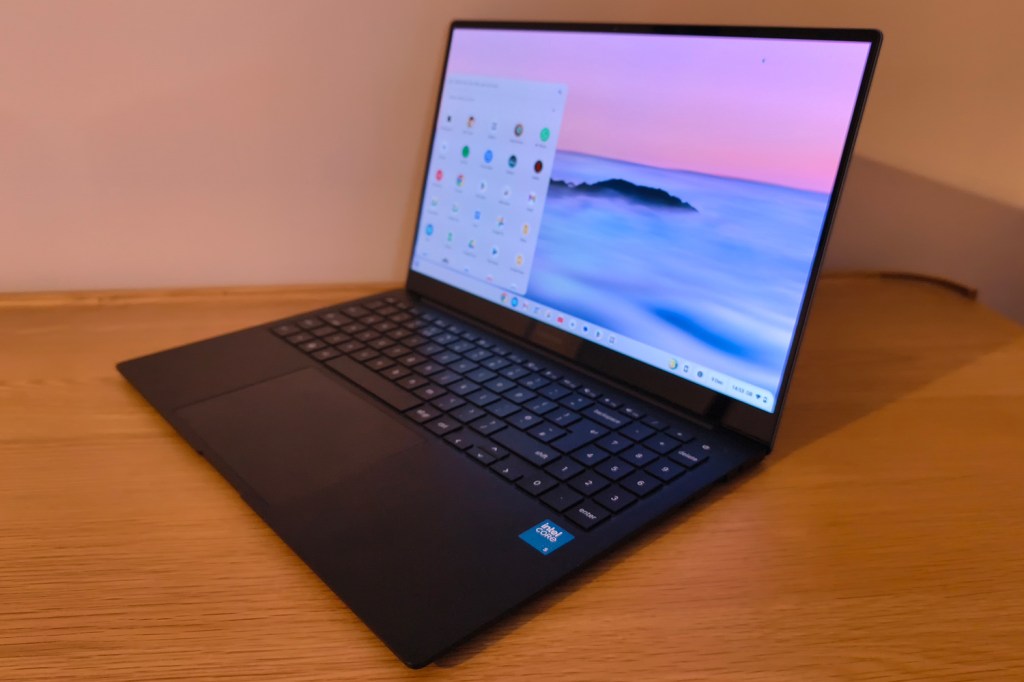
The Galaxy Chromebook Plus is my new favourite ChromeOS laptop. Samsung has delivered a sublime ultraportable that’s up there with the Windows competition for dimensions, display, and battery life. It’s easily powerful enough for the sorts of jobs Chromebooks excel at, and isn’t short on connectivity either.
Personally I could live without the squeezed-in number pad, and would’ve preferred a full-size SD card slot instead of microSD, but you might feel different. With no touchscreen or reversible hinge it’s also missing the 2-in-1 appeal you’ll find in some rival Chromebooks, which cost considerably less.
Few can match the Samsung for portability or a premium build, though. If you’re happy to pay a premium for that, and ChromeOS ticks all your boxes, it’s a fantastic laptop.
Stuff Says…
One of the most impressive ChromeOS laptops on sale today. The Galaxy Chromebook Plus might be expensive, but it’s slim, speedy, and has a simply outstanding screen.
Pros
Ample performance and great battery life
Gorgeous OLED display
Slim and light dimensions, high-end materials
Cons
Bad stuff 1
Bad stuff 2
Samsung Galaxy Chromebook Plus technical specifications
| Screen | 15.6in, 1920×1080 AMOLED |
| Processor | Intel Core 5 120U |
| Memory | 8GB RAM |
| Graphics | Integrated |
| Storage | 256GB onboard |
| Operating system | ChromeOS |
| Connectivity | 2x USB-C, 1x USB-A, HDMI, microSD card reader, 3.5mm headphone port |
| Battery | 68Whr |
| Dimensions | 226x355x12mm, 1.17kg |



